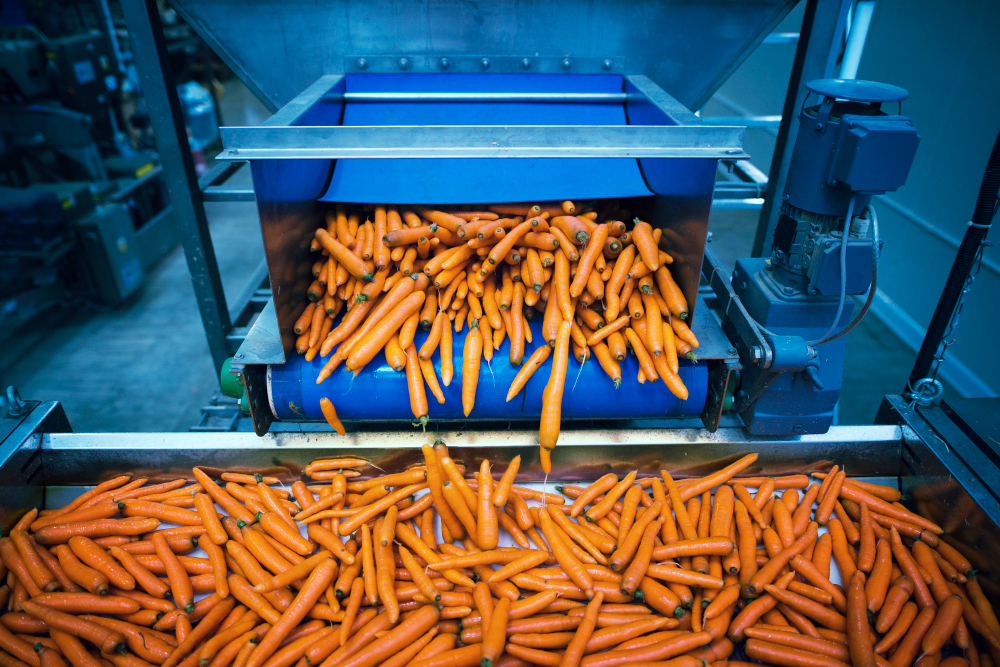
Sodium hydroxide (NaOH), sometimes known as caustic soda, is a useful and important industrial chemical utilized in a variety of applications. This potent alkaline substance is essential in many activities, from manufacturing to water purification. Have you ever thought about how is caustic soda made? In this post, we’ll explore the procedures and methods used to create this crucial chemical as we delve into the intriguing realm of caustic soda manufacturing.
Raw Materials
The production of caustic soda begins with the careful selection of raw materials. The primary component required is sodium chloride, commonly known as salt. This can be sourced from natural salt deposits or extracted from seawater through evaporation. The quality of sodium chloride is of utmost importance, as impurities can affect the final product’s purity and quality.
Brine Production
To proceed with the chlor-alkali process, the sodium chloride is dissolved in water to form a concentrated solution called brine. The concentration of the brine can vary depending on the specific manufacturing requirements, but it typically contains around 25-30% sodium chloride.
Electrolysis in Diaphragm or Membrane Cells
Specialized electrolytic cells, which can either be membrane cells or diaphragm cells, electrolyze the brine. These cells are made up of a number of units that are each separated by a membrane or a diaphragm and comprise an anode and a cathode.
Anode Reactions
At the anode (positive electrode), chloride ions (Cl⁻) from the brine are oxidized, releasing chlorine gas (Cl₂). The anode reaction is as follows:
2Cl⁻(aq) → Cl₂(g) + 2e⁻
Cathode Reactions
At the cathode (negative electrode), water molecules (H₂O) are reduced to form hydrogen gas (H₂) and hydroxide ions (OH⁻). The cathode reaction is as follows:
2H₂O(l) + 2e⁻ → H₂(g) + 2OH⁻(aq)
Prevention of Chlorine and Sodium Hydroxide Mixing
The anode and cathode compartments are divided into diaphragm or membrane cells by a diaphragm or membrane. As a result, the hydroxide ions produced at the cathode do not come into touch with the chlorine gas produced at the anode. The synthesis of sodium hydroxide and pure chlorine gas is guaranteed by this separation.
Formation of Sodium Hydroxide Solution
The hydroxide ions (OH⁻) formed at the cathode combine with sodium ions (Na⁺) in the brine to produce sodium hydroxide (NaOH) in the form of a concentrated solution. The sodium hydroxide solution is collected in the cathode compartment.
Concentration and Purification
The collected sodium hydroxide solution still contains impurities and excess water. To obtain pure caustic soda, the solution is subjected to concentration and purification processes. One common method is evaporation, where the solution is heated under controlled conditions to remove excess water, leaving behind a more concentrated sodium hydroxide solution.
Solidification and Forming Caustic Soda
The concentrated sodium hydroxide solution is further solidified to produce different forms of caustic soda, such as flakes or pearls. Solidification is achieved by cooling the concentrated solution, which causes sodium hydroxide crystals to form. The solidified caustic soda is then harvested, dried, and packaged for distribution and use.
It’s important to keep in mind that the specifics of the chlor-alkali process might change based on the production configuration and the cell type employed (diaphragm vs. membrane). However, all procedures used to make caustic soda follow the same basic phases of electrolysis, separation, purification, and solidification.




